How to distinguish female from male strawberry bushes?
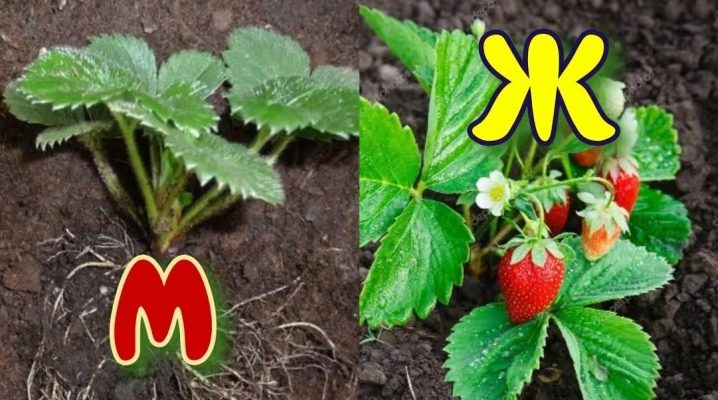
Some novice gardeners consider poor care, bad weather or climatic conditions to be the main reasons for the poor harvests of strawberries in the presence of numerous plantings on the site. However, experienced backyard owners say that this problem is most common when the berry plots are dominated by male rather than female plants. How to find out which strawberry bushes are female and which are male, why it needs to be done, how male strawberry bushes differ from female ones and whether it is worth removing them - we will tell in this article.
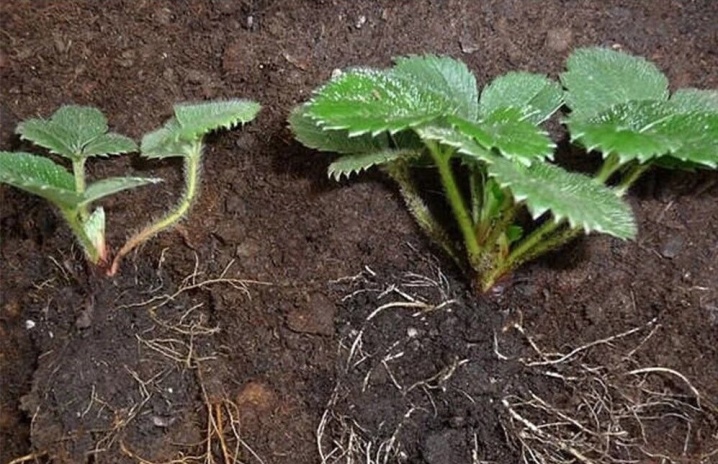
Why Gender Reveal?
To begin with, it should be noted that the division of strawberry bushes into "male" and "female" is scientifically incorrect. Strawberry (also known as garden strawberry) is a monoecious plant in which pistillate (male) and staminate (female) flowers form and develop on peduncles almost simultaneously. Subsequently, in place of each flower, an ovary is formed, and then a fruit.
However, often on berry plots of novice gardeners, you can find strawberries belonging to aggressive weed varieties (examples are Bakhmutka, Dubnyak, Zhmurka, Suspension).
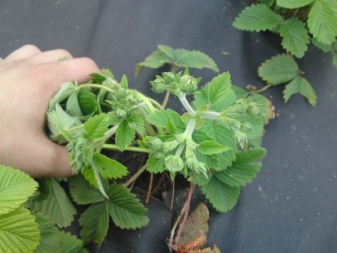

Garden strawberries of these varieties form a very large number of powerful, long whiskers and actively grow, over time displacing the main fertile varieties, as a result of which they stop growing and even die.
Wherein the weed plants themselves bear very little fruit, most often forming rare, small and tasteless berries. It is these bushes found on the strawberry plots that are popularly called "male", that is, sterile (although, as mentioned above, from the point of view of botany, this is an incorrect designation). To avoid confusion, this publication will use the vernacular classification of garden strawberry bushes, according to which they are "male" and "female".
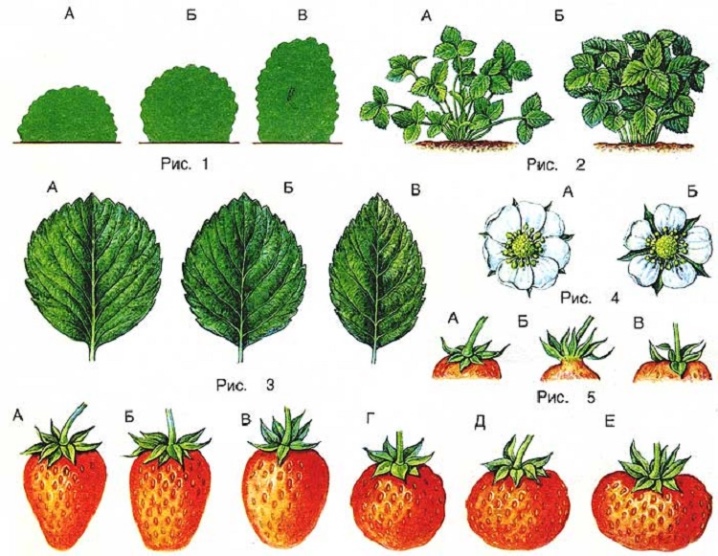
The ability to distinguish male from female strawberry bushes is a guarantee of the preservation of fruit-bearing plants on the site and, as a result, the main condition for the regular obtaining of bountiful harvests. Aggressively growing along the plot, male sockets extract a large amount of moisture and nutrients from the soil, thereby depriving fertile female plants of adequate nutrition. In addition, the active development of sterile male bushes entails a thickening of the plantings, which ultimately leads to inhibition of the growth of female rosettes and a decrease in their immunity.
This, in turn, negatively affects the quality of the crop - the berries begin to become small, and their taste is significantly reduced. The fruitful plants themselves begin to ache and wither.
Besides, it is impossible to do without the ability to distinguish between fruiting and sterile plants when propagating garden strawberries. This valuable skill will allow you to plant only productive plots on the site.
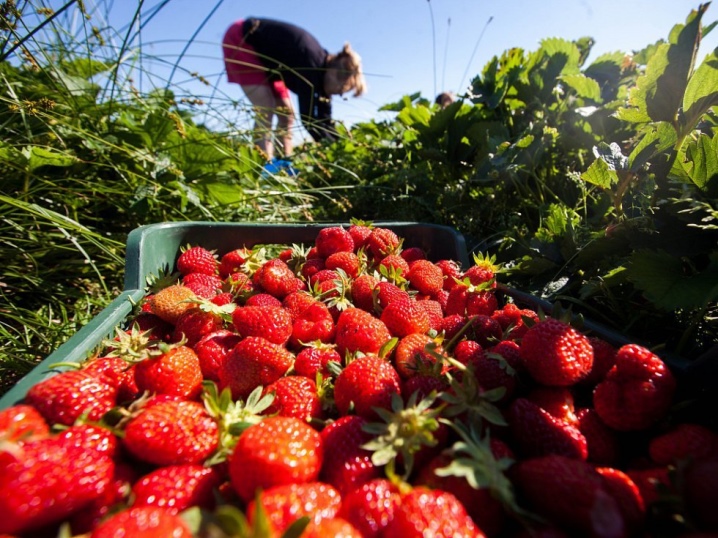
The main differences
You can distinguish male from female sockets with a careful visual examination. So, the main signs of a male bush are:
- larger sizes (height and diameter of the bush);
- powerful structure;
- a large number of large, upwardly directed leaves on straight petioles;
- cone-shaped with a narrow base;
- rich, dark emerald color of the foliage;
- the presence of a large number of mustaches with formed young rosettes.

Unlike female bushes, male plants bloom very rarely. Their single flowers also differ from the female in larger size, the presence of a large number of stamens. Almost no ovaries are formed on male bushes, and rare fruits are small in size, nondescript, low palatability. The base diameter of an adult male bush usually does not exceed 4 centimeters.
Female rosettes of garden strawberries differ from male ones in smaller size, slightly flattened shape. Little leaves and whiskers are formed on them - this allows plants to save the energy they need to bloom and form a large number of ovaries.
The leaves of female bushes usually have thin, curved and slightly creeping petioles on the ground.
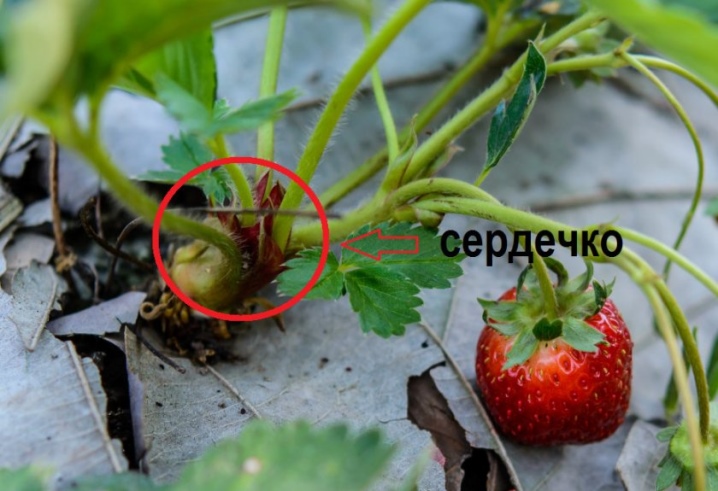
In general, a female bush can be identified by its modest appearance, small leaves, rare thin tendrils and a wide base. During the flowering period, a large number of small buds are formed on plants of this type, which do not bloom to the end.
However, according to experienced gardeners, it is easiest to distinguish between female and male families during the fruiting period. With quality care and favorable external conditions, female bushes will always be decorated with a large number of ovaries and fruits.
It is important to take into account that female sockets are most often formed on the tendrils of strawberries. Considering this feature, gardeners usually use first-order outlets when breeding plants.
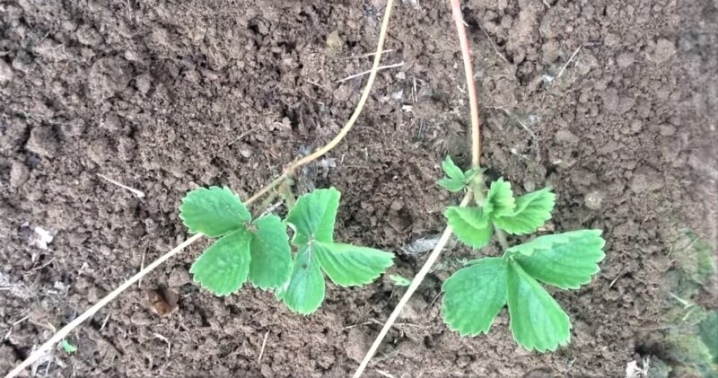
You can distinguish a young female from a male rosette by a small light brown or light red "heart" lying at the base of a young bush.
For the propagation of strawberries, the discovered young rosettes of the first order are left on the antennae for rooting. After 4-5 leaves are formed on them, the tendril is cut off so as not to deplete the mother plant. In late summer or early autumn, strengthened sockets, if necessary, are transplanted to a new plot.
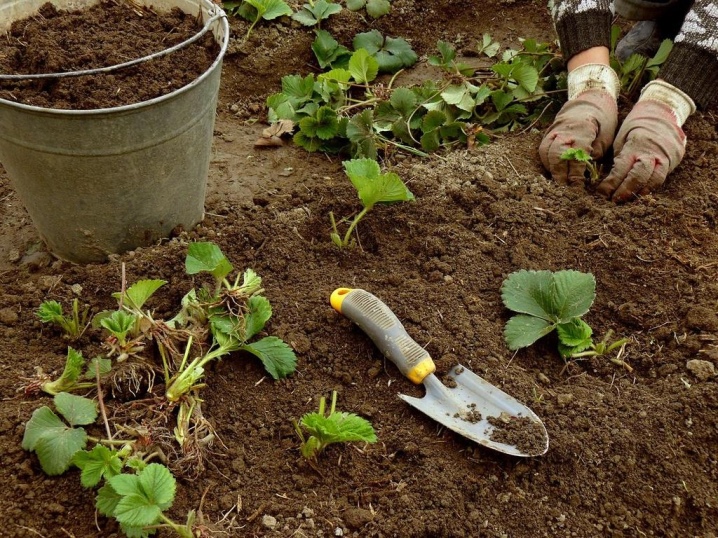
How to remove male families from the bush?
Some gardeners believe that it is not necessary to completely remove male families from a strawberry garden, citing the fact that they are necessary for pollination of female bushes. However, this opinion is erroneous, since flowers of both sexes are formed on the flowering arrows of garden strawberries.
In the same time male families are really necessary for the propagation of strawberry plantings, since they are able to form strong mustaches with young female rosettes (first stage). For this reason, experienced summer residents recommend leaving male bushes on the plot, based on the optimal proportion: 1 male plant for 10 female ones.
Regardless of how many male bushes will be left on the strawberry plot, the gardener will have to control their growth and development throughout the summer season and remove excess antennae in a timely manner, preventing them from growing.
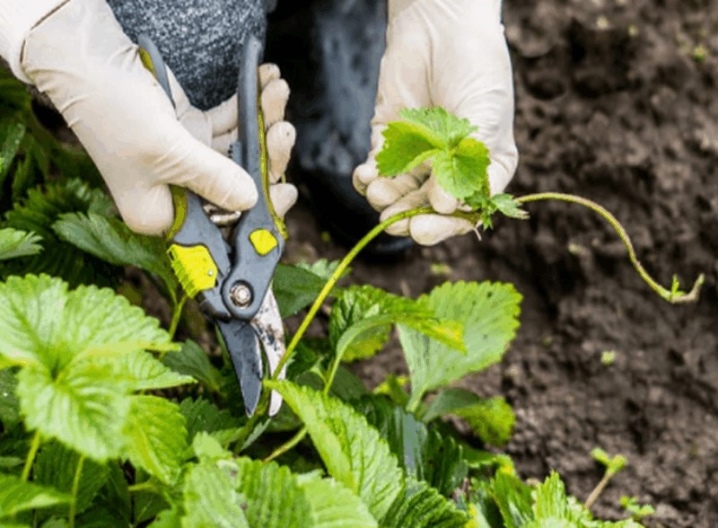
It is also important to take into account the fact that the removal of excess male rosettes should be carried out with the utmost care in order to avoid damage to the roots of neighboring plants. The root system of garden strawberries is shallow, densely branched, so closely planted bushes are often intertwined with roots.
In order to carefully remove the male bush from the plantings, it should be tightly wrapped around the base with your fingers, and then, with slow, twisting movements, remove it from the ground along with the roots. To simplify and facilitate the process of extracting a plant from the ground, it is allowed to spill the garden bed with settled (not cold!) Water.
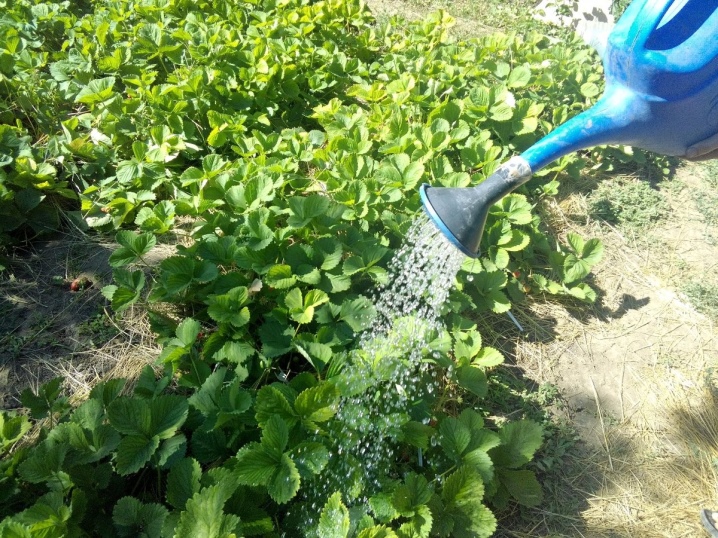
It is strongly discouraged to remove male bushes by roughly pulling them out of the ground. Also, do not use a knife or garden shears for this purpose.
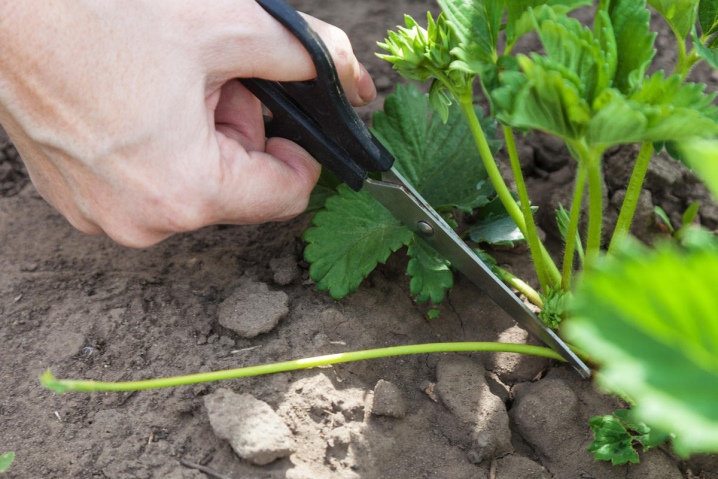













The comment was sent successfully.